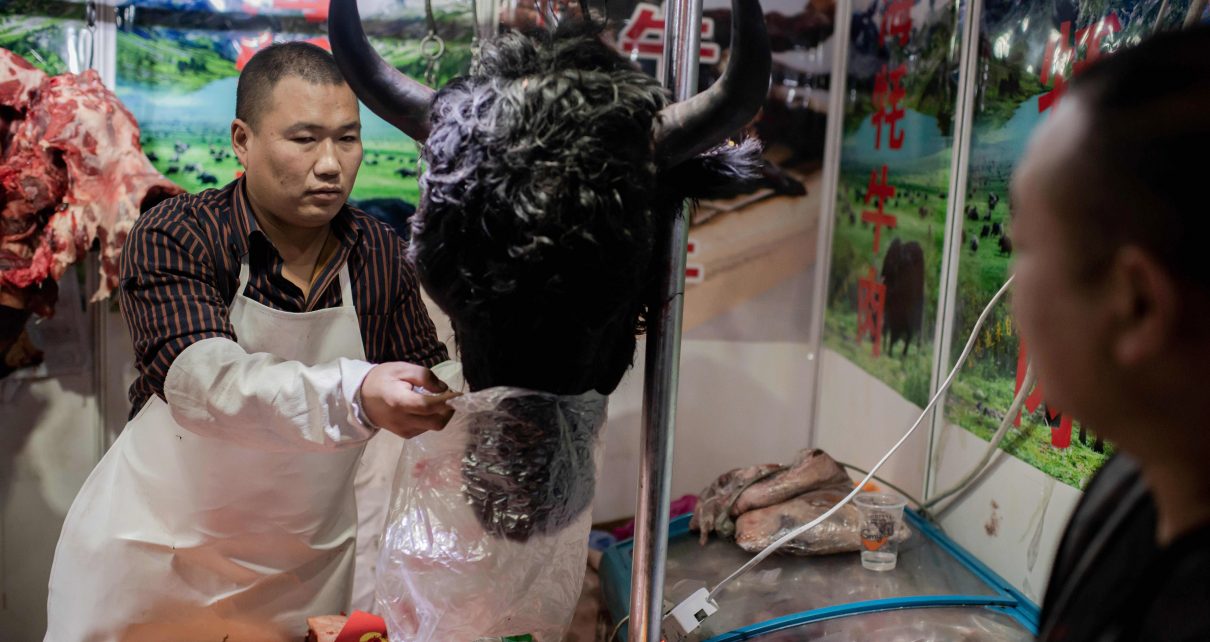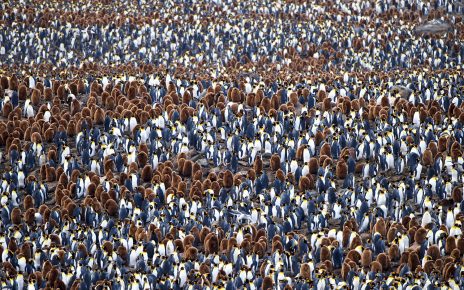In 2009 the U.S. government launched a program to hunt for unknown viruses that can cross from animals to humans and cause pandemics. The project, called PREDICT, was funded by the U.S. Agency for International Development, and it worked with teams in 31 countries, including China. It was just one part of an emerging global network for infectious-disease surveillance.
Despite this network and the efforts of thousands of scientists working to ward off dangerous new outbreaks, the coronavirus behind COVID-19 was unidentified when it launched into an unprepared world at the end of 2019. How did the virus slip by disease detectives looking for exactly this type of threat?
Experts say that like a fishing net with many holes, the surveillance network had numerous gaps, with too little money and manpower to be truly effective. “We’ve been gutting surveillance for too long,” says Michael Buchmeier, a virologist and associate director of the Center for Virus Research at the University of California, Irvine. “And by doing that, we’re creating blind spots in our ability to identify and contain threats of infectious disease in the world.” Indeed, in September 2019, just months before the COVID-19 pandemic began, USAID announced it would end funding for PREDICT. The agency claims it has plans for a successor effort, but it has not provided any additional details, and many worry that critical momentum is being lost.
An estimated 600,000 unknown viruses, possibly more, have the ability to jump from animals to people. To find such “spillover” microbes, researchers look in disease hotspots where wildlife and humans intermingle, such as forests that are razed for development or agriculture or markets that sell bushmeat. Sampling tends to focus on species with high viral loads, such as bats, rats and monkeys. And scientists run laboratory tests to find out if newly discovered viruses can infect human cells. Investigators also try to look at the various ecological and social drivers that can bring disease-carrying wild animals and humans together.
Researchers were well aware that coronaviruses, one of which caused severe acute respiratory syndrome (SARS), could be a recurring threat. That pathogen, SARS-CoV, first surfaced in China in 2002 and spread to nearly 30 countries before the outbreak died down the following year. In 2007 researchers from the University of Hong Kong published a paper stating that the presence of many other SARS-CoV-like viruses in bats made this type of pathogen a “time bomb.” In southern China there was a culture of eating exotic animals that could pick up such viruses from the bats, they noted, and this practice made it easier for such viruses to make the jump to people. Several other groups of scientists later echoed their fears, and the virus that causes COVID-19 turned out to be so similar to the 2002–2003 microbe that it was named SARS-CoV-2.
Kevin Olival is a disease ecologist at the EcoHealth Alliance, a New York City–based nonprofit research group that was part of PREDICT. He says that EcoHealth researchers and their partners, including a team at the Wuhan Institute of Virology in China, had identified numerous SARS-related coronaviruses in bats and were following up with laboratory experiments on several of them. But, he adds, how and where the SARS-CoV-2 spillover occurred is not known for certain. There was an early suspicion that the initial outbreak could have started at the Huanan Seafood Wholesale Market in Wuhan, which was closed on January 1. But “we don’t know if the spillover happened outside the market and then began spreading after it was brought there,” Olival says. It is also unclear if there was an intermediate animal host between the disease-carrying bats and humans.
Getting a better grasp on animal-human exchanges is critical to predicting these spillovers. According to Olival, what is needed is detailed knowledge of local ecology, maps of species distributions, an understanding of people’s behavioral interactions with other species and an awareness of the “cultural and economic drivers of the animal trade.” If these analyses sound complicated, that is because they are: Olival says such assessments take a lot of scientists and facilities, as well as training and money. As a result, they are only being carried out at a handful of sites around the world. Yet the information they provide is essential for protecting local communities. High-risk markets where wildlife is cut up and sold as food can be closed, for instance. Or people can be alerted when virus-shedding bats are more active around human food sources, such as fruit trees, so people can minimize their contact with the animals.
Rohit Chitale, an epidemiologist at the Defense Advanced Research Projects Agency, says the explosion of COVID-19 reflects a global failure to adequately invest in prevention. “There’s too much emphasis on treating infectious diseases after the fact,” argues Chitale, who is the program manager for DARPA’s surveillance effort, called Preventing Emerging Pathogenic Threats (PREEMPT). Early detection efforts, in contrast, “are very poorly funded,” he says. Olival notes that PREDICT received approximately $200 million dollars over its decade-long life span—which is a tiny fraction of the $2 trillion in emergency-relief spending authorized by Congress as a response to COVID-19 last week.
He says that USAID may launch a new detection-and-prevention program called Stop Spillovers. An agency spokesperson, when asked to comment, said a new project should start in August, but gave no details on the project size or level of financial support. Yet even if a new effort picks up PREDICT’s work, funding gaps have led to an “unfortunate break in continuity” and disrupted field work, Olival says. In a late January letter to USAID, senators Angus King of Maine and Elizabeth Warren of Massachusetts demanded to know why PREDICT was being shuttered and expressed concern that even as COVID-19 “threatens public health in the U.S. and abroad, programs like PREDICT are winding down rather than winding up.” King and Warren requested answers to their questions by “no later than February 13,” but as of April 1, the agency had not written back to them. (The University of California, Davis, which is a PREDICT partner, said at the end of March that their program got a six-month emergency extension.)
Thomas Inglesby, who directs the Center for Health Security at the Johns Hopkins Bloomberg School of Public Health, says that in the future, these surveillance efforts need to be better integrated with studies of infected patients in local hospitals. Too many people in disease hotspots wind up being vaguely diagnosed and treated with broad-spectrum antibiotics for infections that “may actually be new types of viral syndromes,” he says. “At the same time that we’re collecting data from animals, we need more data on what’s really making people sick.”
Inglesby is optimistic, however, that the next few years will bring an influx of new resources, because of the devastation unfolding in front of our eyes today. “We’re going through a seismic experience,” he says. “Policy makers, scientists and funders will all be talking about how we can prevent this from ever happening again.”
Read more about the coronavirus outbreak here.



